
AeroGenie — Seu copiloto inteligente.
Tendências
Categories
Russians Test AN-2 Aircraft Using Mi-8 Helicopter Engine
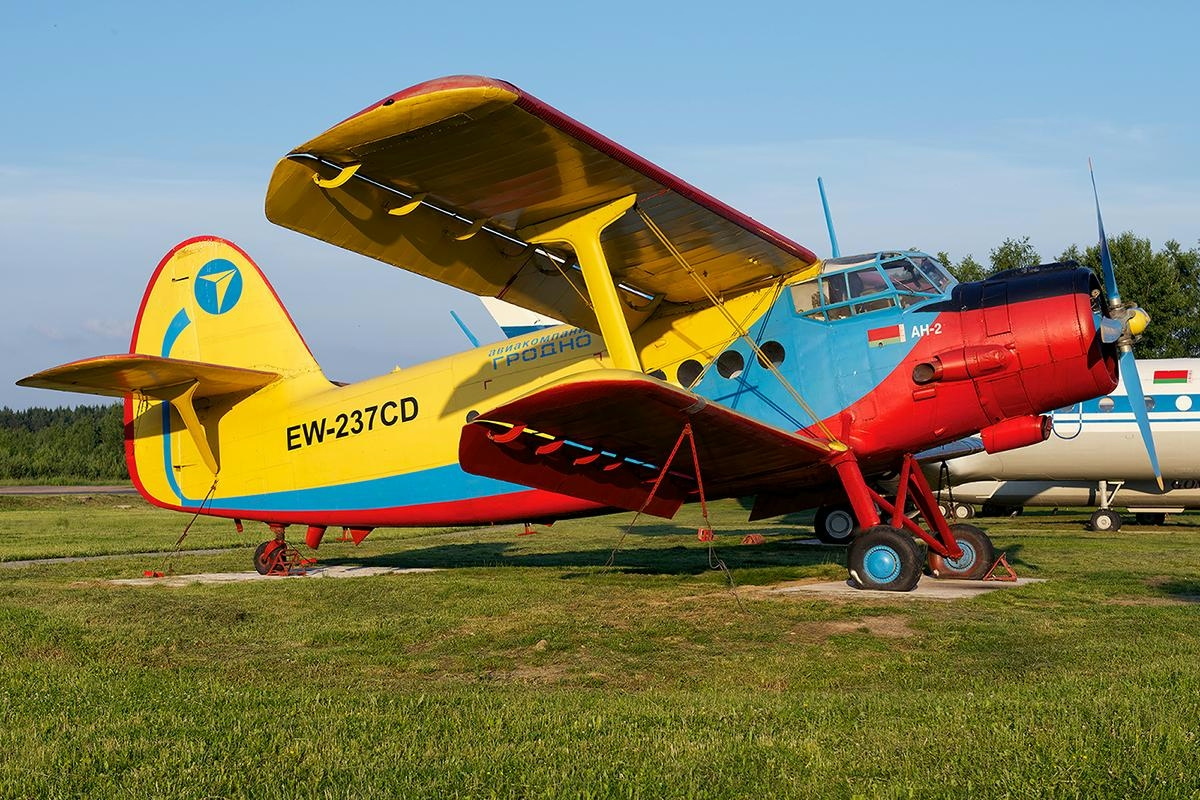
Russians Test AN-2 Aircraft with Modified Mi-8 Helicopter Engine
Flight Tests and Engine Adaptation
Flight trials have commenced near Yeysk in Russia’s Krasnodar Territory for a modified AN-2 aircraft powered by a turboprop engine adapted from the TV2-117, originally designed for Mi-8T helicopters. The inaugural flight of this new variant, designated TR-301/117, took place on October 1 and lasted approximately ten minutes, according to reports from the Telegram channel VZLET.
The engineering team at Technoregion, known for its ongoing efforts to upgrade the AN-2’s propulsion systems, reconfigured the TV2-117 engine by converting it into a single-shaft turboprop. This modification involved removing the free turbine and directly linking the gearbox to the compressor. Consequently, the engine’s power output was reduced by 40 percent, from 1,500 to 900 horsepower. Despite this decrease, Technoregion maintains that the TR-301/117 surpasses previous engine upgrades, such as the Czech M601, which produces 720 horsepower.
Aircraft Design and Certification Status
The TR-301 represents a lightweight iteration of the AN-2, distinguished by a reinforced upper wing supported by tubular struts and the absence of the lower wing. According to Rosaviatsia, Russia’s civil aviation authority, nine of these aircraft currently hold airworthiness certificates, with sixteen units officially registered.
Technoregion’s experimentation with alternative engines for the AN-2 has included the Czech M601, the helicopter GTD-350, the automotive ZMZ-409, and a diesel engine from KAMAZ. Among these, the TV2-117 has emerged as the most promising candidate for further development and potential widespread adoption.
Challenges and Industry Context
The project faces significant challenges, particularly in terms of the extensive testing and certification required for repurposing a helicopter engine for fixed-wing aircraft use. Regulatory approval is further complicated by international sanctions that have increasingly restricted Russia’s aviation sector, limiting access to foreign technology and certification processes. These sanctions have contributed to a contraction of the Russian commercial fleet, heightening the urgency for domestic solutions while raising concerns about long-term reliability and maintenance support.
Market responses to the AN-2 modification have been mixed. Some industry experts express skepticism regarding the performance and dependability of adapting a helicopter engine for fixed-wing applications. In response, competitors are accelerating their own engine development initiatives. Notably, President Vladimir Putin has emphasized the rapid advancement of the PD-26 engine, reflecting a broader governmental push to develop indigenous aviation technologies amid ongoing geopolitical pressures.
As Russia’s aviation industry navigates these constraints, the outcome of the TR-301/117 project could significantly impact domestic fleet renewal efforts and Russia’s standing in the international aviation market. However, the project’s success will depend on overcoming technical, regulatory, and market acceptance challenges in an increasingly complex environment.
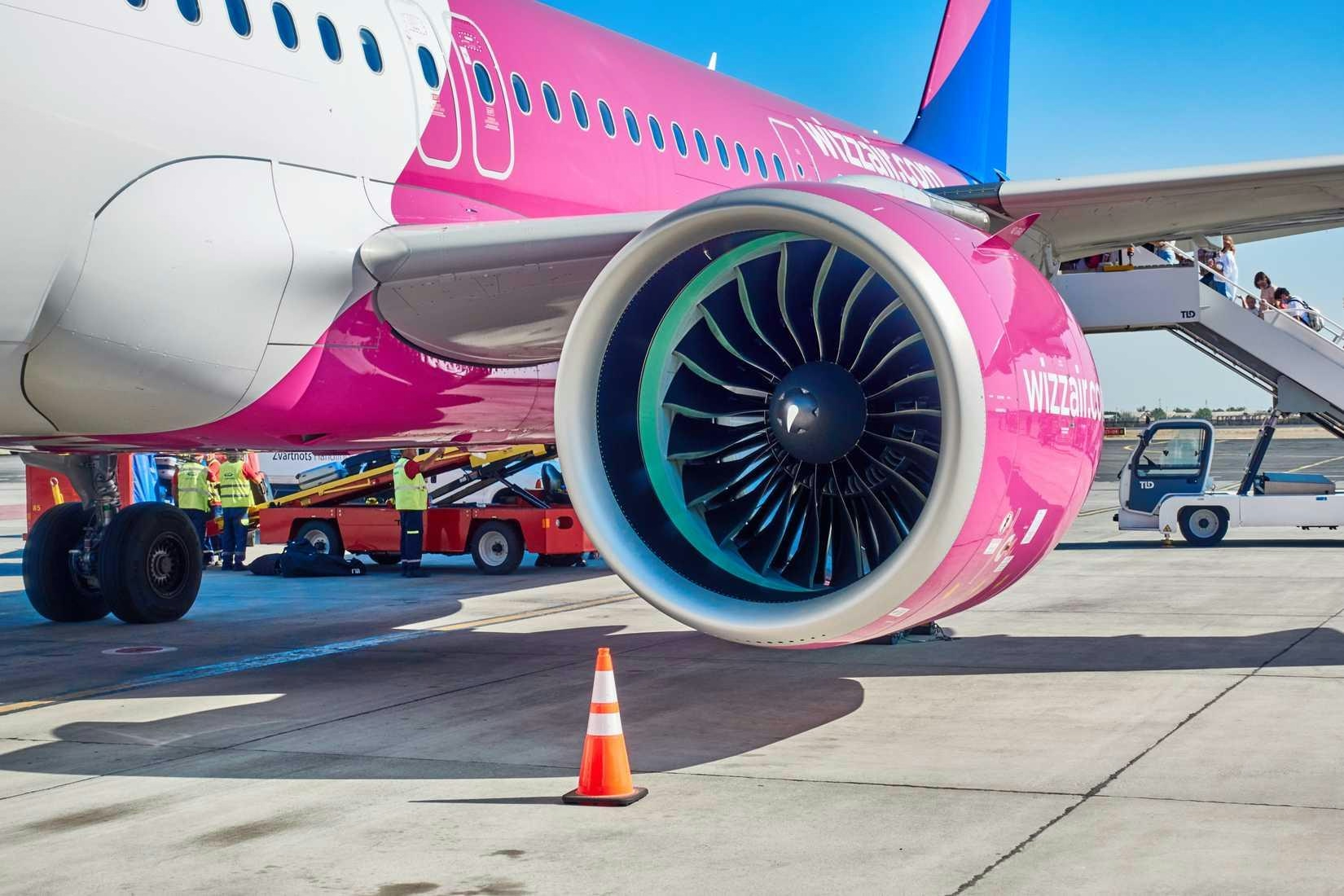
Airbus Surpasses Boeing 737 Deliveries Amid Turkish Airlines’ Potential Order Shift

The 15 Best Airlines Worldwide According to Travelers in 2025
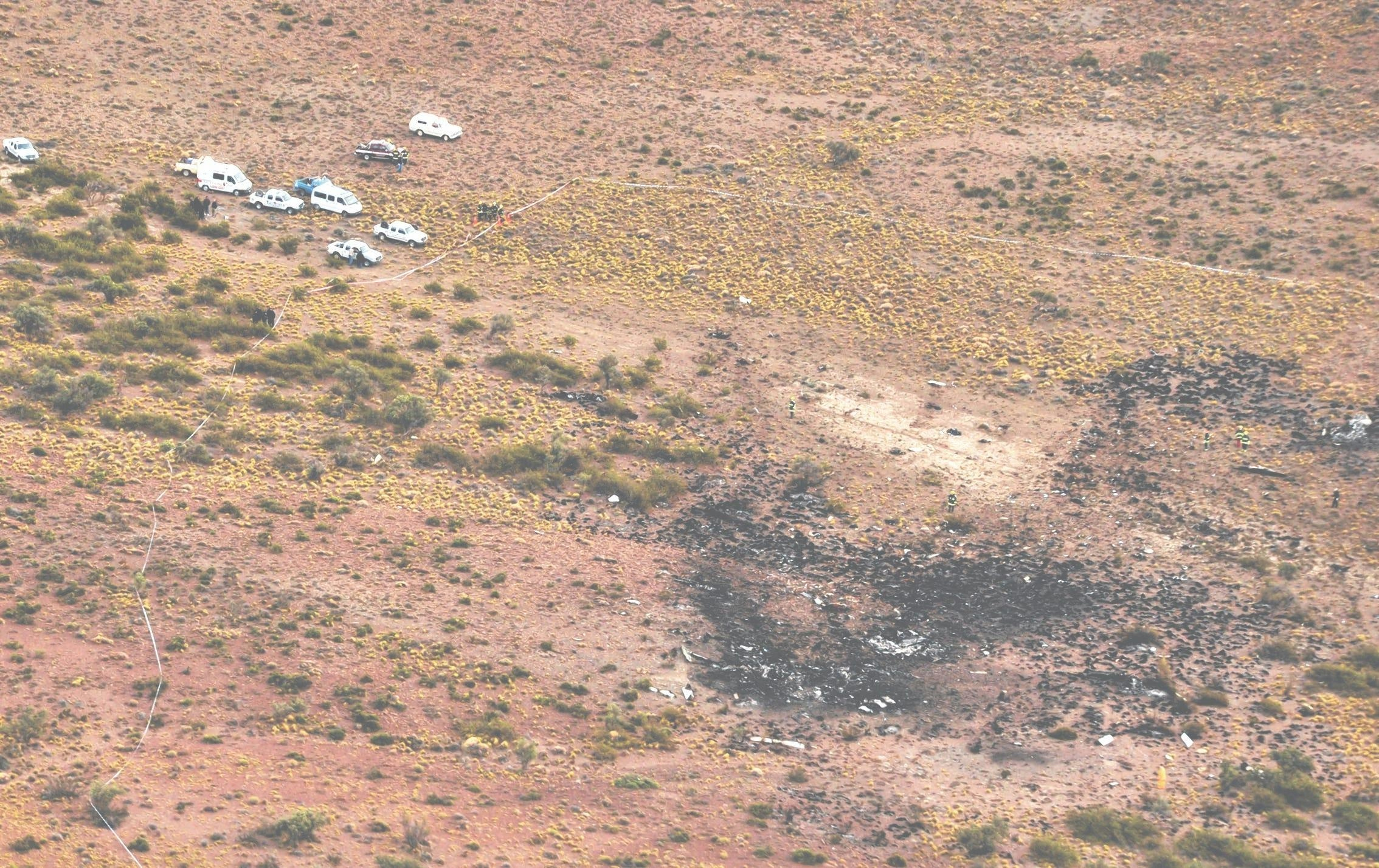
Rex passenger describes 'terrifying' mid-air engine failure days after fire
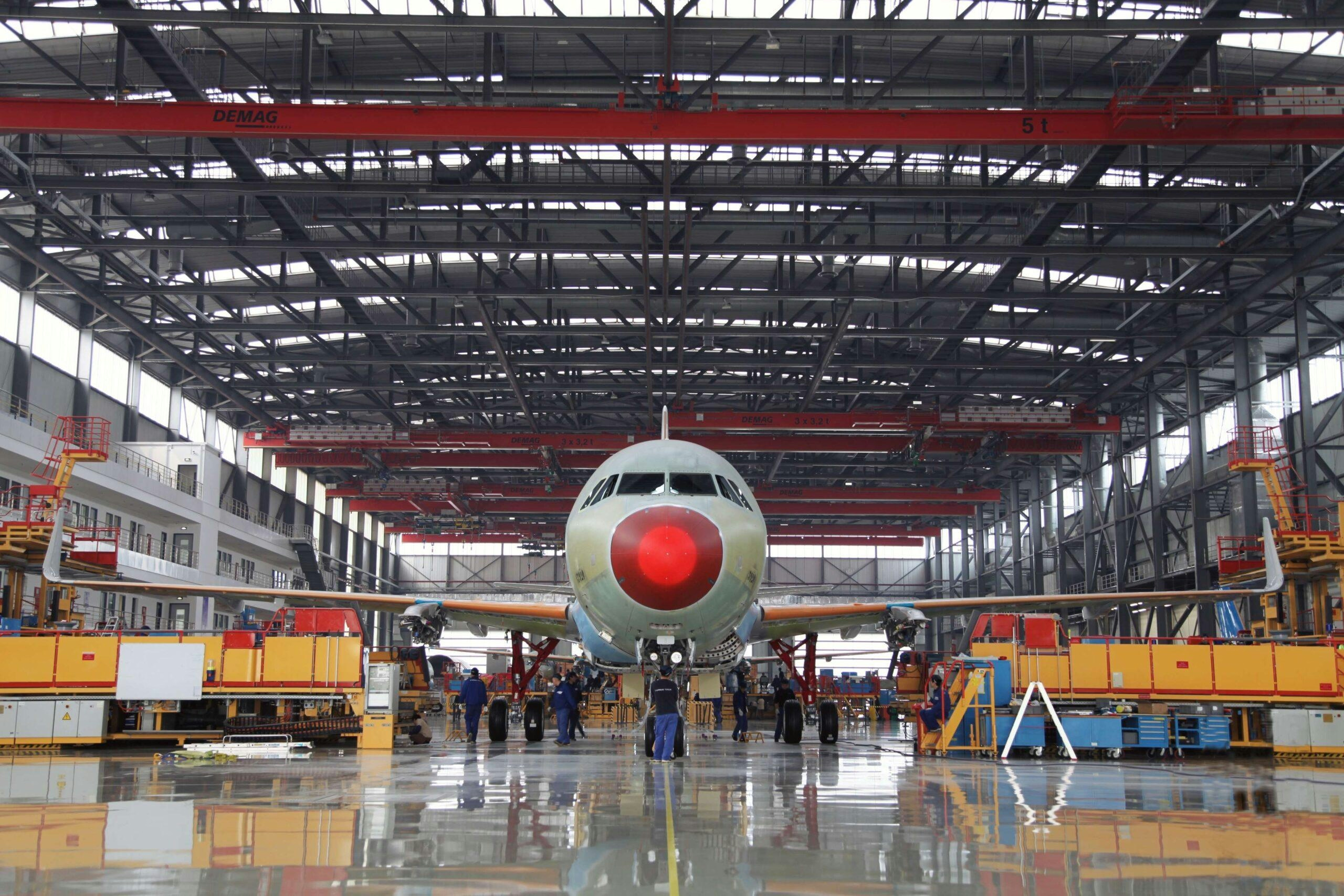
Airbus Forecasts 3.6% Annual Growth in Aircraft Services Through 2044
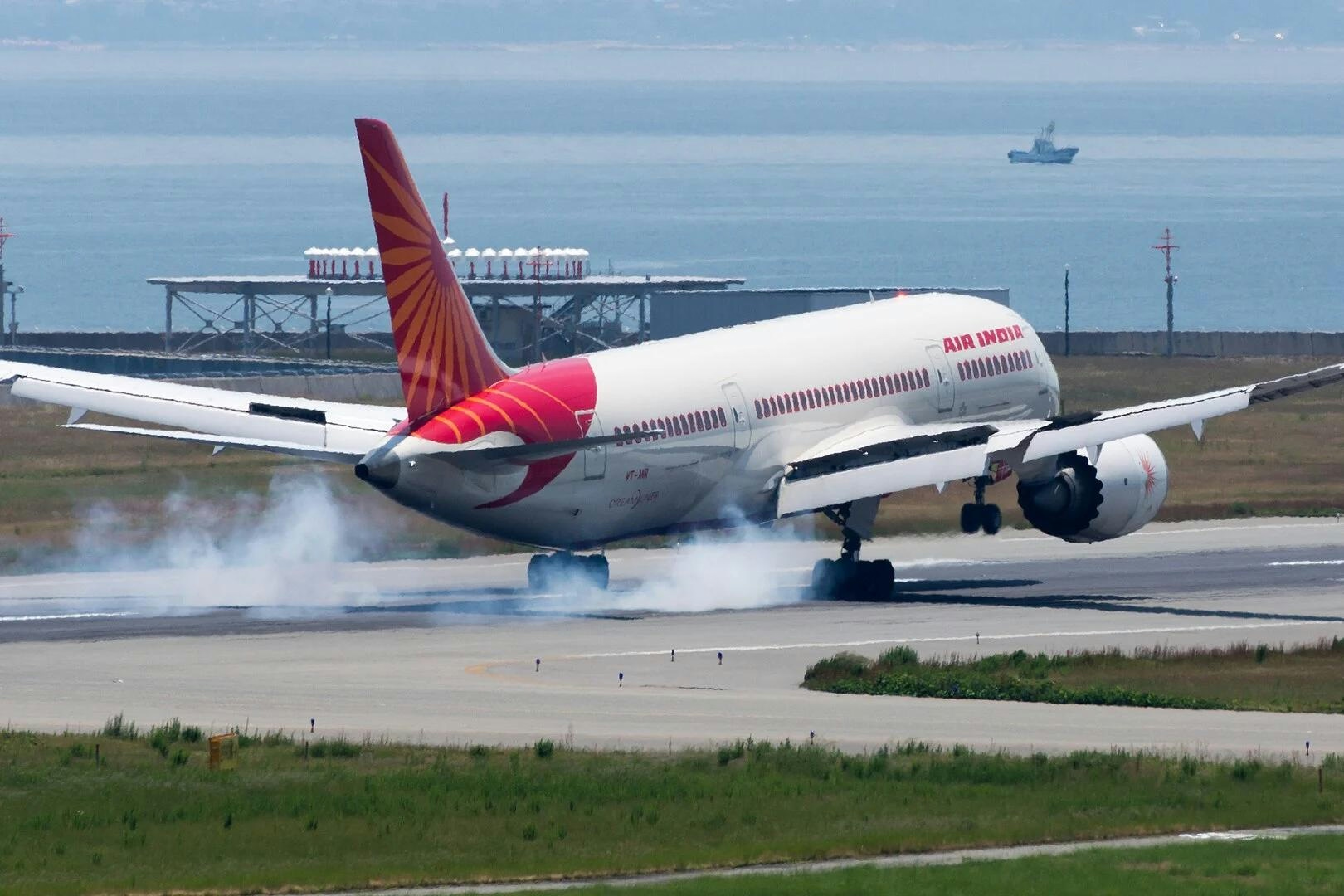
Pilot's association demands grounding of all Air India Boeing 787 flights, cites repeated technical snags

Deloitte Outlines Technology Priorities for 2025
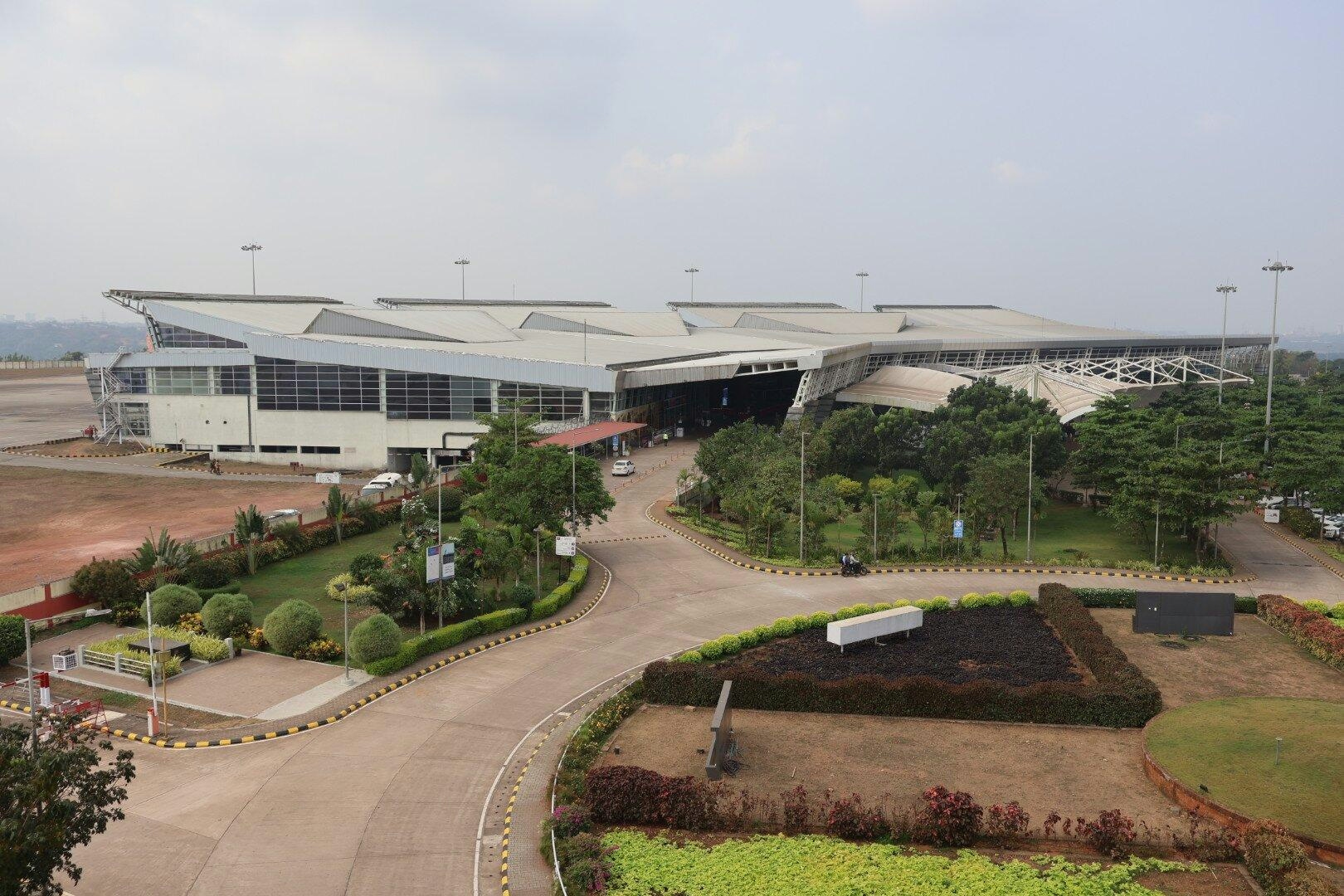
Airports Authority of India Highlights Innovation and Sustainability at Routes World 2025

World Aviation Festival 2025 Announced
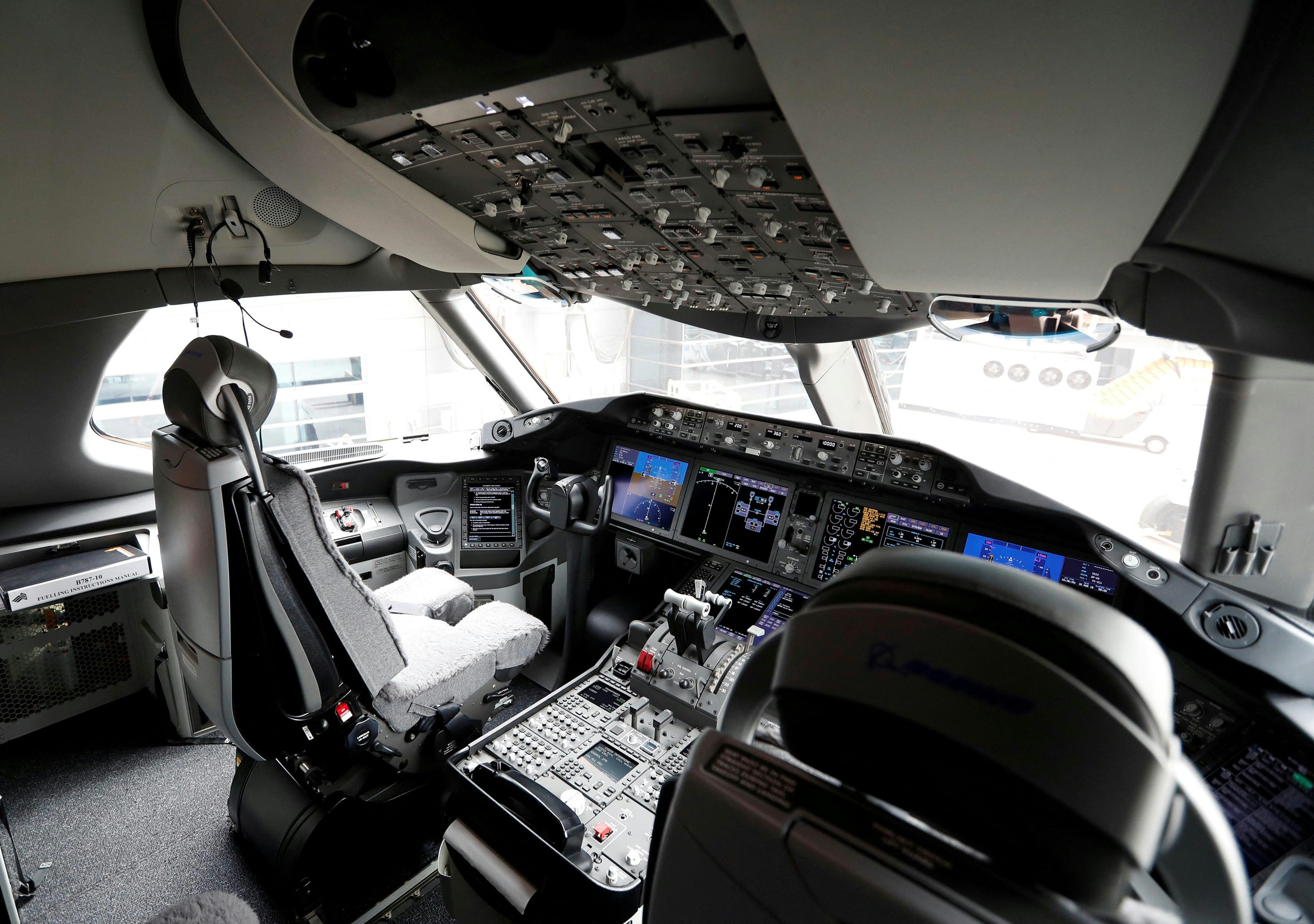
Delhi-Bound AI Dreamliner Diverts to Dubai; FIP Calls for B787 Inspections
